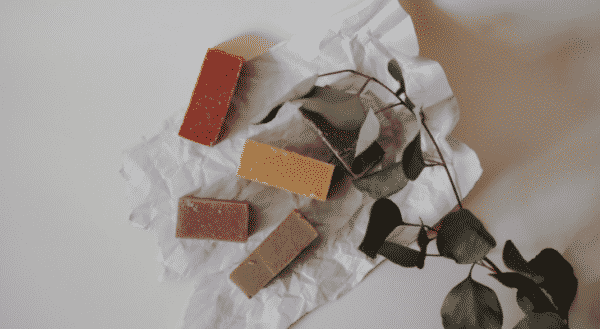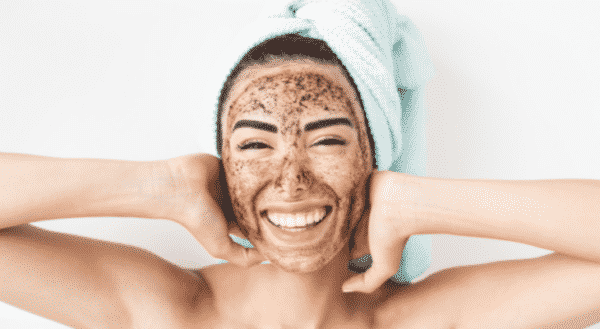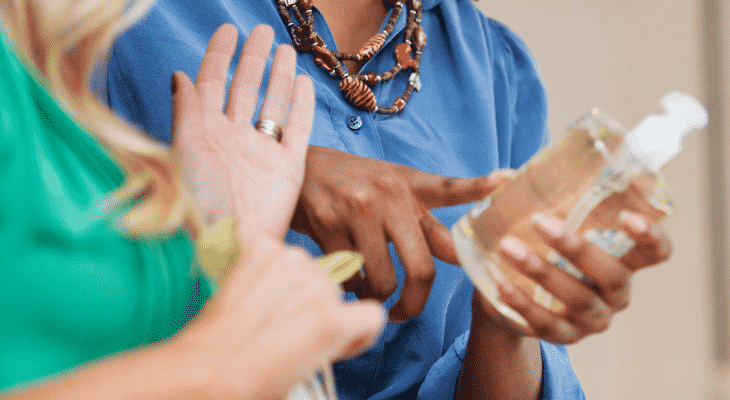Trash talk: are upcycled ingredients the biggest new beauty trend?
What was once discarded and banished to landfill is increasingly being used to create skincare formulations and beauty products. Learn more about how upcycling works and why it has such big appeal for consumers.
On top of credentials like being organic and natural, sustainability is a big drawcard for people when they’re choosing a beauty, hair or skincare product. In fact, not only is it a crucial part of mindful consumption, a recent survey shows that one in two consumers rank sustainability as a key factor when they’re making a beauty or skincare-related purchase. This number is likely to be even higher among younger consumers.
And, while there’s at least five kinds of sustainable that consumers consider to be important, it’s resource sustainability, which focuses on saving resources like ingredients and water, and ecological sustainability, which helps to protect the planet, that are top of mind for consumers.
Enter upcycled ingredients, predicted to be the next big beauty trend as brands look to cater to the demands and expectations of sustainability-minded consumers.

Unlike recycled ingredients, which require an additional step in the production process, upcycling ingredients is simpler. It’s all about taking by-products, waste materials or discarded objects, mainly from food-production streams, that would otherwise be thrown away and crafting them into something new.
What does that look like in reality? At an entry level, it might mean discarded raw materials like coffee grounds, olive oil waste and fruit peels being used to create natural scrubs, soaps and lip balms.
But it can also look like active ingredients destined for eye creams being made from discarded avocados, skin-brightening masks made from spent pumpkin flesh, and excess ingredients from the wine-making process being used to create skincare formulations.

Discarded blackcurrant pulp is being turned into sustainable hair colours and organic plum kernel oil is being used to create an exclusive US brand’s hero product.
And experts agree that the possibilities for including upcycled ingredients in beauty and skincare products will only keep growing as innovation and technology continues to improve.
How to double down on the concept
Whether you’re formulating products or stocking them, here are three things to bear in mind to get the most bang for your buck.
- Stay local – Try to ensure the upcycled ingredients being used are as local to the product’s production facility as possible. Not only does the shorter travel time help to ensure the ingredients retain their potency, their carbon footprint is reduced and their traceability is also more transparent and robust.
- Consider the quality – They might be waste or by-products, but their origins matter, too. It goes without saying that ensuring it’s an organic by-product is vital if it’s being used as an ingredient in an organic skincare product. And similarly, for a product’s bigger-picture sustainability credentials, it matters whether the coffee grounds, discarded avocados or olive oil waste comes via a producer who also takes sustainability in their production and supply chain seriously.
- Make sure it’s obvious – Not only does the presence of upcycled ingredients need to be clear, at a time when many people aren’t yet familiar with what – exactly – upcycling is, its contribution to sustainability needs to be made clear, too. While consumers are gravitating towards products and brands that invest in sustainability, experts agree those credentials need to be positioned front and centre for consumers to make choices based on them.
Did you find this article interesting? Subscribe here to the Naturally Good News and get regular updates on other industry insights and trends to keep an eye on.
-
Get your FREE ticket
- REGISTER FOR FREE
